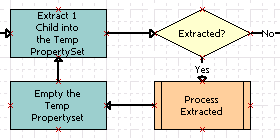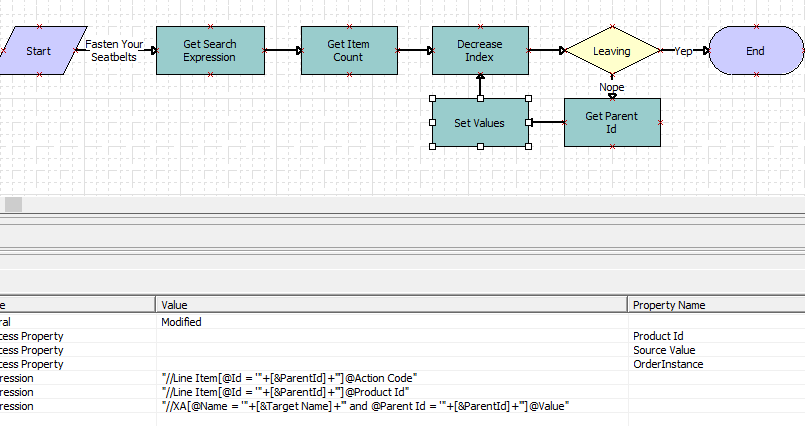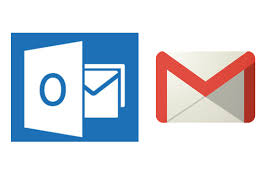In my previous article I described some basic tricks that are helpful for working with property sets. Here I am going to describe a few more tricks, which are still simple enough to quickly incorporate those in your daily routine. For doing something more complex, you can consider scripting, just as we did when we decided that workflows with huge number of steps are quite difficult and time consuming to develop and maintain.
Simple tricks to manipulate PropertySets
Siebel provides good tools for working with Siebel Hierarchies, e.g. a developer can query Siebel data using the EAI Siebel Adapter business service, transform the queried data into an instance of external integration object using the EAI Data Transformation Engine business service, and then send the result to an external system. If there are no complicated requirements, and the transformations are straightforward, most of Siebel developers can implement outbound or inbound web service in a couple of hours.
Zen of the PropertySet
The pain
Imagine yourself in the middle of the integration process. You're staring at a requirement asking you to update, let's say a SiebelMessage, that was just queried, and is being processed by one of your workflows in order to be consumed by some 3rd party system somewhere around the edge of the universe. But the update is not just an ordinary update, it has conditions. For example, “Action Code” of the Order Line Item to be passed for further transformation has to be “Add”, and the product of the same OLI has to be some kind of a phone, any kind you can imagine. Add a bit of sorting, a teaspoon of “Get The First That Matches The Condition”, a drop of “Delete That Element”, and you have your recipe of a complex and painful solution you are about to implement.
Why Outlook?
It isn't that much of a secret that Microsoft Outlook applications in conjunction Microsoft Exchange are a very popular piece of technology for enterprises. We have observed that enterprises generally use Outlook quite often, and most of our customers are also using Outlook as their core communication tool. Microsoft itself listed 12 reasons why users prefer Outlook over Gmail at work and these are the following:
Break free with CRM Desktop
Sometimes it looks like a sales agent have just eaten a bucket of lemons when asked to use a CRM system. When that happens, CRM Desktop comes in: there is no need for special training, because most agents are familiar with Outlook – or a similar application. CRM Desktop allows managing enterprise data in sales agent’s native environment – be it Microsoft Outlook or Lotus Notes – and it is a truly offline solution. CRM Desktop was first made for Siebel, and it is now possible to use it with SAP CRM and Salesforce as well.





